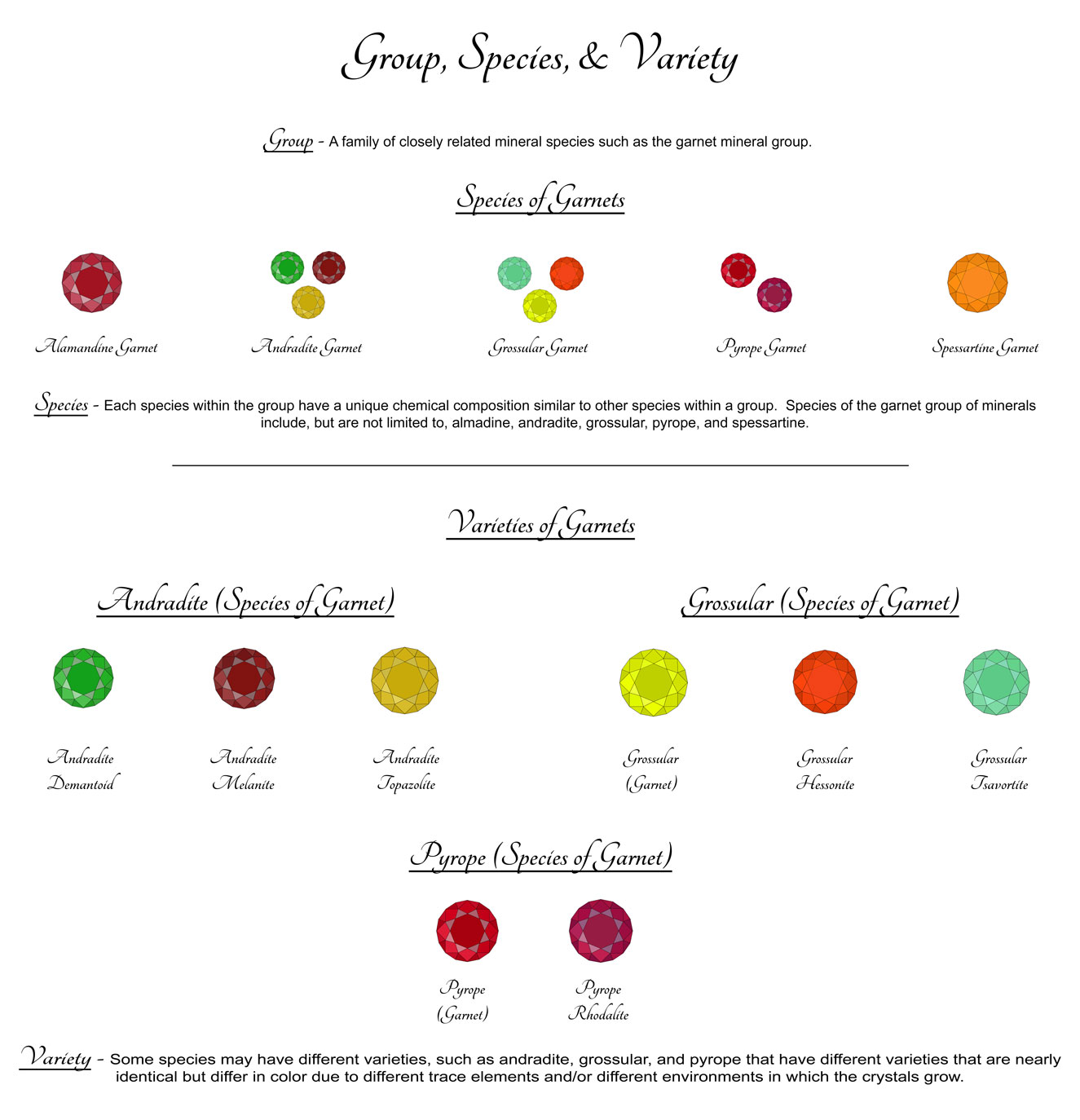
The mineral garnet differs from other minerals because it is actually not just one mineral but a group of closely related isomorphous minerals (two or more minerals that have the same crystal form) with essentially the same crystal structure. There are more than twenty garnet categories, called species, but only five are commercially important as gems. These are almandine, andradite, grossular, pyrope, and spessartine. A sixth, uvarovite, is a green garnet that usually occurs as crystals too small to cut but is sometimes set as clusters in jewelry. Many garnets are chemical mixtures of two or more garnet species.
Non-gem grade species of garnet are us industrially. When crushed down to sand, the hardness of garnet make it a very useful abrasive. Garnet sand can be used in sand blasting and water jet cutting, as well as sand paper. Garnet sand is also used in water filtration media.
Garnet sand is superior to quartz sandblasting agents because:
Specs
| Chemical Formula | Almandine- Fe3Al2(SiO4)3 Andradite- Ca3Fe2(SiO4)3 Pyrope- Mg3Al2(SiO4)3 Rhodolite- (Mg, Fe)3Al2(SiO4)3 Spessartine- Mn3Al2(SiO4)3 Uvarovite: Ca3Cr2Si3O12 | |||
|---|---|---|---|---|
| Composition |
Almandine: Iron aluminum silicate Andradite: Calcium iron silicate Pyrope: Magnesium aluminum silicate Spessartine: Manganese aluminum silicate Grossular: Calcium aluminum silicate Uvarovite: Calcium chromium silicate | |||
| Color | Red, brown, black, green, yellow, orange, pink, white, and colorless. | |||
| Crystal System | Isometric | Hardness | 6.5 to 8 | |
| Transparency | Transparent to opaque | Luster | Vitreous, adamantine, dull | |
